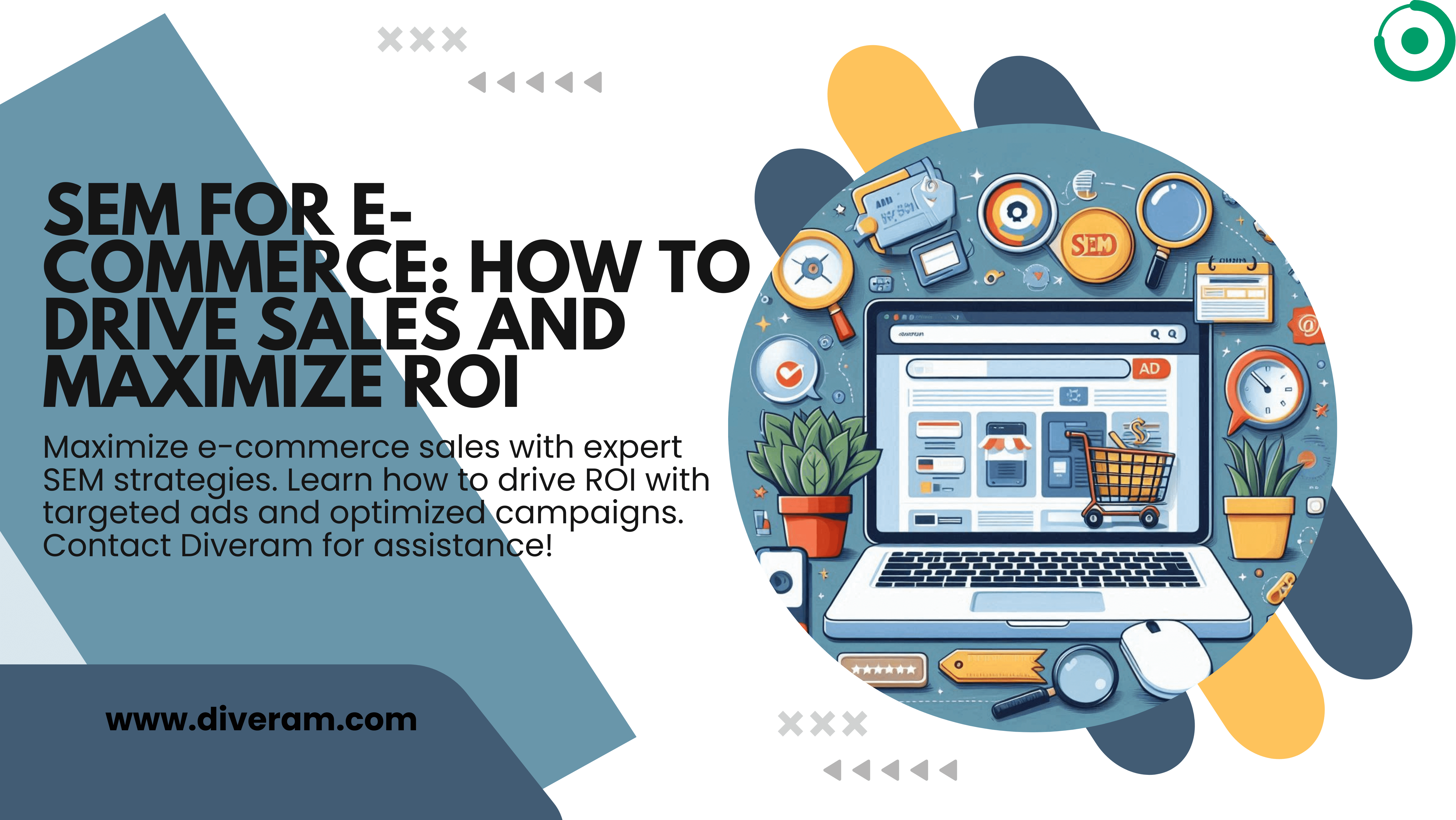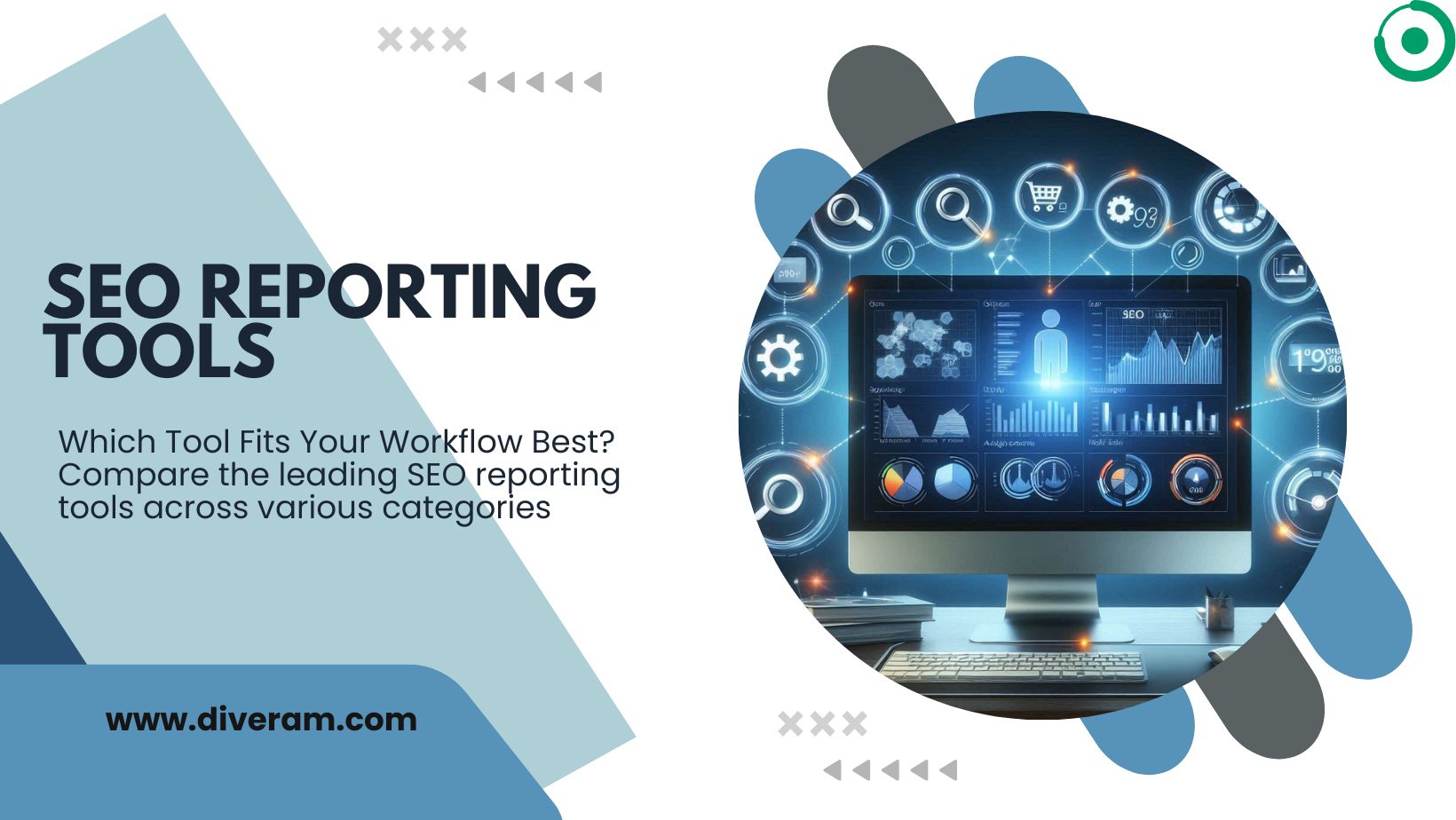Search Engine Marketing for E-commerce

Introduction
In the competitive world of e-commerce, achieving visibility and attracting potential customers is a significant challenge. This is where Search Engine Marketing (SEM) plays a crucial role. SEM is a form of digital marketing that involves the promotion of websites by increasing their visibility in search engine results pages (SERPs) primarily through paid advertising. This blog will explore how e-commerce businesses can effectively use SEM to drive sales and maximize their return on investment (ROI).
Understanding Search Engine Marketing for E-commerce
What is Search Engine Marketing?
Search Engine Marketing encompasses various strategies to increase a website’s visibility on search engines like Google and Bing. It primarily involves:
- Paid Search Ads (PPC): Advertisements that appear at the top or bottom of search engine results.
- Display Advertising: Banner ads on websites that reach a broader audience.
- Remarketing: Targeting users who have previously visited your website with specific ads to encourage them to return and convert.
Key platforms for SEM include Google Ads and Bing Ads, with Google Ads being the most popular due to its extensive reach and powerful tools.
Why SEM is Crucial for E-commerce?
SEM is essential for e-commerce businesses for several reasons:
- Immediate Visibility: Unlike SEO, which can take months to yield results, SEM provides quick visibility in search results.
- Targeted Advertising: Ads can be tailored to specific search queries, ensuring they reach potential customers who are actively looking for products or services.
- Measurable Results: SEM campaigns can be tracked in real-time, allowing businesses to measure performance and adjust strategies for better results.
- Competitive Advantage: A well-executed SEM campaign can help e-commerce businesses stay ahead of their competitors by capturing high-intent traffic.
Strategies to Drive Sales with SEM
Keyword Research for E-commerce
Effective keyword research is the backbone of any successful SEM campaign. Here’s how to do it:
- Identifying High-Intent Keywords: Use tools like Google Keyword Planner to find keywords that indicate a strong intent to purchase. Long-tail keywords, such as “buy running shoes online,” often have higher conversion rates.
- Competitor Analysis: Analyze competitors’ keywords and ad strategies using tools like SEMrush or Ahrefs. This can provide insights into what works well in your industry.
- Seasonal and Trending Keywords: Capitalize on seasonal trends and popular search terms related to your products. For instance, keywords related to “Christmas gifts” spike during the holiday season.
Crafting Compelling Ad Copy
Your ad copy is the first impression potential customers will have of your business. It needs to be compelling and relevant:
- Writing Effective Headlines: Use power words and emotional triggers to grab attention. For example, “Exclusive Offer on Latest Smartphones!”
- Creating Persuasive Descriptions: Highlight unique selling points (USPs) and special offers. Mention features like free shipping, discounts, or limited-time deals.
- Utilizing Ad Extensions: Enhance your ads with extensions such as site links, callouts, and structured snippets to provide additional information and improve click-through rates (CTR).
Optimizing Landing Pages
An ad is only as good as its landing page. Ensure your landing pages are optimized to convert visitors:
- Relevance and Consistency: The content on your landing page should match the ad copy. This ensures a seamless user experience and improves ad quality scores.
- User Experience (UX): Ensure fast loading times and mobile responsiveness. A slow or unresponsive page can lead to high bounce rates.
- Clear Call-to-Actions (CTAs): Use prominent and compelling CTAs to guide users towards making a purchase. For example, “Buy Now,” “Get 50% Off,” or “Claim Your Free Trial.”
Maximizing ROI from SEM Campaigns
Setting a Realistic Budget
To get the most out of your SEM campaigns, it’s crucial to set a realistic budget:
- Budget Allocation: Determine your budget based on your business goals and market competition. Allocate more funds to high-performing campaigns.
- Bidding Strategies: Choose between manual and automated bidding. Automated bidding can save time and optimize bids based on performance, while manual bidding offers more control.
Tracking and Analyzing Performance
Regularly track and analyze your SEM campaigns to ensure they are delivering results:
- Key Metrics to Monitor: Keep an eye on metrics such as click-through rates (CTR), conversion rates, and cost per acquisition (CPA). These metrics provide insights into campaign performance.
- A/B Testing: Continuously test different ad elements (headlines, descriptions, CTAs) to determine what works best. Small changes can lead to significant improvements.
- Using Analytics Tools: Utilize tools like Google Analytics to gain deeper insights into user behavior and campaign effectiveness. Track conversions and identify areas for improvement.
Continuous Optimization
Optimization is an ongoing process in SEM:
- Regular Review and Adjustment: Monitor campaigns regularly and make data-driven adjustments to improve performance.
- Negative Keywords: Update your negative keyword list to exclude irrelevant searches that waste your budget.
- Remarketing Strategies: Implement remarketing to target users who have previously interacted with your site. Tailor ads based on their behavior to encourage them to return and complete a purchase.
Case Studies: Successful Search Engine Marketing Campaigns in E-commerce
Example 1: Increasing Sales with Targeted Ads
Overview of Campaign:
A fashion e-commerce store aimed to increase sales during the holiday season by targeting keywords related to “holiday fashion.”
Results Achieved:
- Increased CTR by 35%.
- Boosted conversion rates by 25%.
- Achieved a 20% increase in overall sales.
Key Takeaways:
- Seasonal targeting can significantly boost sales.
- Compelling ad copy and attractive offers drive higher engagement.
Example 2: Reducing CPA with Efficient Bidding
Overview of Campaign:
An electronics retailer focused on reducing their CPA by optimizing their bidding strategy.
Results Achieved:
- Reduced CPA by 30%.
- Increased ROI by 40%.
- Improved ad positioning with lower bids.
Key Takeaways:
- Efficient bidding strategies can lower costs and improve ad performance.
- Regular monitoring and adjustment are crucial for maintaining low CPA.
Conclusion to Search Engine Marketing
Search Engine Marketing is a powerful tool for e-commerce businesses looking to drive sales and maximize ROI. By conducting thorough keyword research, crafting compelling ad copy, optimizing landing pages, and continuously tracking and optimizing your campaigns, you can achieve significant results. If you’re ready to take your SEM efforts to the next level, contact Diveram for expert assistance. Our team of SEM professionals is here to help you achieve your business goals and drive impressive results.




